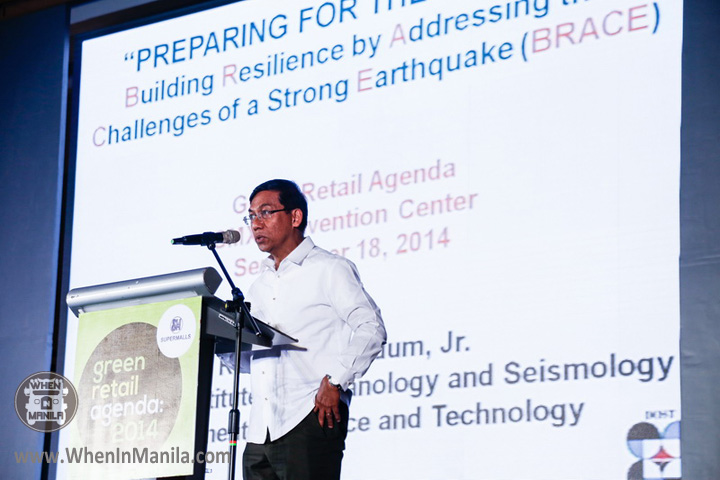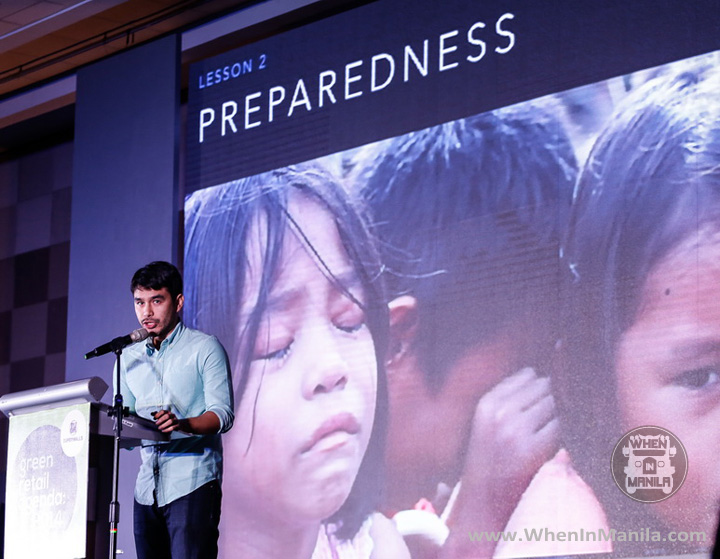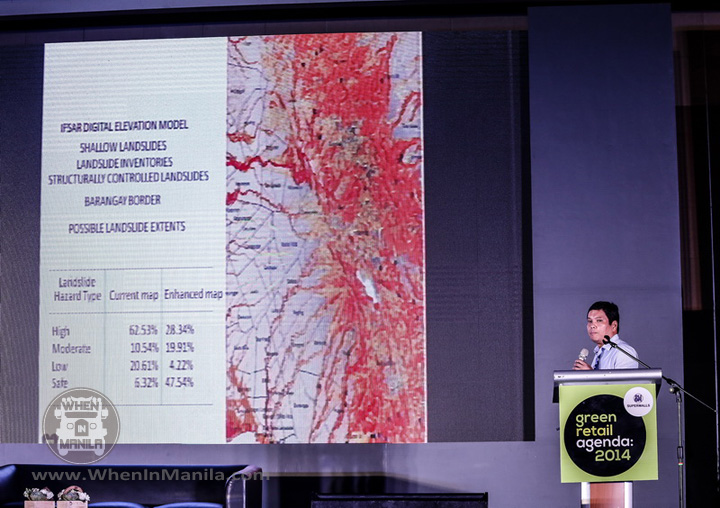10 Vital Things You Need to Know About Disaster Risk
The Philippines is in for a rough and tough ride calamity-wise. At the risk of sounding like a doomsayer, I am sharing 10 of the most important (and alarming) things I learned during a disaster risk reduction and management forum I recently attended.
The forum, called Green Retail Agenda: The Business Case for Disaster Risk Reduction, is an initiative of mall giant SM and is now on its 5th year. It gathered leaders from business, government and media sectors who shared their thoughts and knowledge about disaster risks in the Philippines.
This year’s forum included a powerhouse roster of speakers including Project NOAH’s Dr. Mahar Lagmay, PHIVOLCS’ Dr. Renato Solidum, ABS-CBN’s Atom Araullo, GMA Network’s Nathaniel Cruz, SMART’s Ramon Isberto, and many others. Here are some of the interesting facts that they shared.
10 Vital Things You Need to Know About Disaster Risk
10. New Zealand invested US$6M into disaster risk management programs and projects. It yielded an ROI of US$65M. Talk about milk and honey.
9. A place doesn’t necessarily have to be close to the epicenter of an earthquake for it to be affected. In August 2, 1968, the 7.3-magnitude Casiguran earthquake of Aurora province is said to be responsible for the collapse of Ruby Tower in Binondo, Manila. Now that’s impact!
“BRACE” yourselves for stronger earthquakes, says DOST Sec. Dr. Renato Solidum, Jr.
8. A tsunami may hit Metro Manila in case of an 8.3-magnitude earthquake, with an estimated height of 3.5 meters (mean sea level). The next big quake that will hit the Metro, according to PHIVOLCS, will be 7.2 and may happen decades from now. Still, be prepared. Be very prepared.
7. Media reporters do not have the luxury of getting advanced warning on what will happen during coverage of natural calamity. They are usually allowed just about two minutes to give an accurate rundown of what is happening. With someone as pogi as Atom Araullo, we don’t mind the extra time (stay safe, though, media friends!).
Atom lives to tell the Yolanda tale.
6. The Philippines experiences more than 50 storm surges a year. Yolanda has been the strongest so far – here and in the world. I have no words.
5. Metro Manila is sinking. For 10 years, it has gone down by 5 cm. 100 years from now, the metro will be about two meters under water, with Navotas about four meters (or about one building floor). We’re turning blue.
4. This is the evolution of a Yolanda-level storm, the way we hear it from broadcast weather forecasters: LPA or low pressure area – tropical depression – tropical storm – typhoon – super typhoon. Now you know.
3. There is this thing they call Super WIFI or TV whitespace (you know, that static-looking white nothing you see on your TV when you don’t have signal) that Project NOAH uses to disseminate its forecasts. That white space is apparently unused bandwidth. Geeks probably already know this since they always seem to have strong internet signals.
All those red lines? Possible landslide zone.
2. Typhoons, floods and dry spells are the three worst natural phenomenon that gravely affect (or eventually kill) small businesses for the past 10 years, according to surveyed SMEs. So, yeah, it’s not SM, contrary to unpopular belief.
1. The top coping mechanism of small businesses after suffering from natural disasters or calamities is access to loans. If that doesn’t work, they try to look for additional income elsewhere. Is it me, or none of them ever heard of savings and insurance?
One more thing I learned from the forum, which doesn’t have anything directly to do with disaster risk management, is that the Philippines has low financial literacy. Go figure.
SM Prime Holdings, Inc.
2014 Green Retail Agenda
SMX Convention Center, MOA Complex, Pasay City









